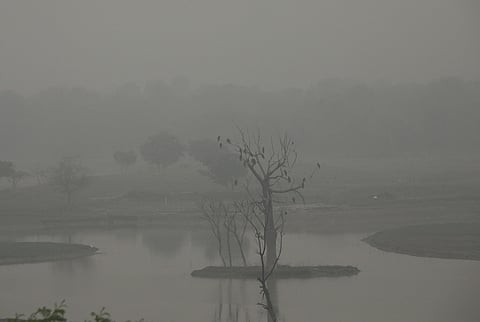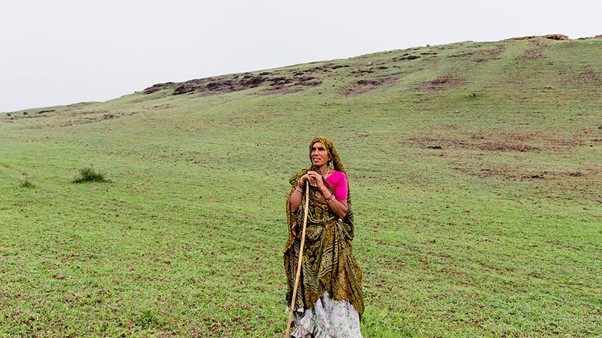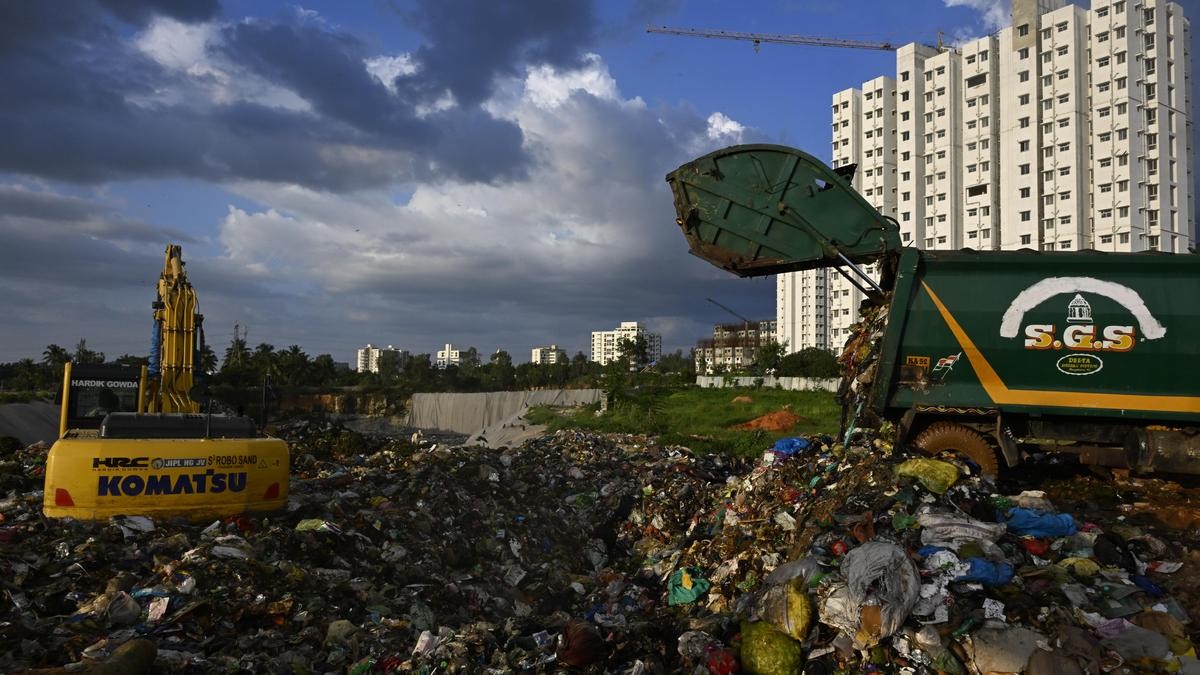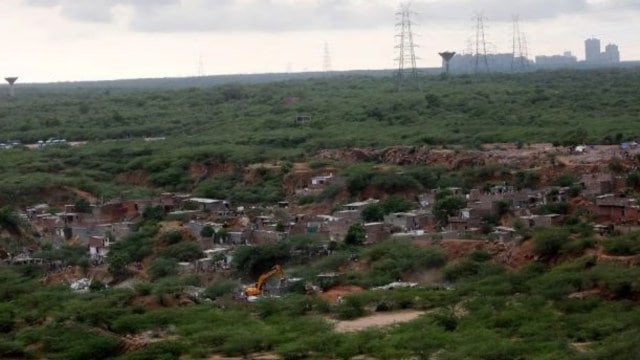



Ranthambore Tiger Reserve, located in Sawai Madhopur, Rajasthan, spans 1,334 square kilometers and was established as a sanctuary in 1955. It became a national park in 1980 and is part of Project Tiger. The reserve features diverse landscapes, including hills, grasslands, and forests, and is renowned for its Bengal tigers.

Disclaimer: Copyright infringement not intended.
The flagship river-link irrigation project, which will provide a lifeline to 23 districts in Rajasthan, envisages the submergence of 37 sq km in the Ranthambhore tiger reserve effectively cutting it into two sections.
Aspect |
Details |
|
Location |
Sawai Madhopur district, Rajasthan
|
|
Establishment |
Established as Sawai Madhopur Game Sanctuary in 1955 by the Government of India |
|
Project Tiger Reserve |
Declared as one of the Project Tiger reserves in 1973 |
|
National Park Status |
Became a national park in 1980, part of the larger Ranthambore Tiger Reserve |
|
Area |
Approximately 1,334 square kilometers, with the core zone covering 392 square kilometers |
|
Geographical Features |
Located at the junction of the Aravalli and Vindhya ranges; consists of rugged hills, plateaus, open grasslands, dense forests, lakes, and rivers |
|
Notable Landmark |
Ranthambore Fort (a UNESCO World Heritage Site) |
|
Flora |
Dry deciduous forests, grasslands, and scrub; dominant tree species include dhok (Anogeissus pendula), banyan, pipal, and various species of acacia |
|
Fauna |
Home to Bengal tigers and a variety of other wildlife including leopards, sloth bears, striped hyenas, sambar deer, chital, nilgai, wild boar, and Indian foxes. |
Name |
Location |
Key Features |
|
Ranthambore National Park |
Sawai Madhopur |
Famous for its tiger population, ruins of Ranthambore Fort, and diverse flora and fauna. |
|
Sariska Tiger Reserve |
Alwar |
Known for Bengal tigers, dry deciduous forests, and historical structures within the sanctuary. |
|
Keoladeo National Park |
Bharatpur |
UNESCO World Heritage Site, renowned bird sanctuary, especially for migratory birds like cranes. |
|
Desert National Park |
Jaisalmer & Barmer |
Unique desert ecosystem, great Indian bustard, and sand dunes. |
|
Mukundra Hills National Park |
Kota |
Known for its hilly terrain and efforts in tiger reintroduction. |
|
Mount Abu Wildlife Sanctuary |
Mount Abu |
Rich in biodiversity, rare species like Indian leopard, and endemic flora. |
|
Kumbhalgarh Wildlife Sanctuary |
Rajsamand |
Encircles the Kumbhalgarh Fort, habitat for leopards, wolves, and sloth bears. |
|
Darrah Wildlife Sanctuary |
Kota |
Now part of Mukundra Hills Tiger Reserve, known for leopards, deer, and bird species. |
|
Jaisamand Wildlife Sanctuary |
Udaipur |
Surrounds Jaisamand Lake, home to crocodiles, turtles, and migratory birds. |
|
Sitamata Wildlife Sanctuary |
Pratapgarh |
Rich deciduous forests, flying squirrel, and other rare species. |
|
Tal Chhapar Sanctuary |
Churu |
Famous for blackbucks and migratory birds like demoiselle cranes. |
|
Bassi Wildlife Sanctuary |
Chittorgarh |
Habitat for panthers, wild boars, and chinkaras, located near Bassi Dam. |
|
Ramgarh Vishdhari Sanctuary |
Bundi |
Declared as a tiger reserve, habitat for tigers, leopards, and sloth bears. |
|
Phulwari ki Nal Sanctuary |
Udaipur |
Known for its tribal communities and biodiversity, including various bird species. |
|
Sundha Mata Conservation Reserve |
Jalore |
Conservation area for Indian gazelles and leopards. |
Source:
|
PRACTICE QUESTION Q.Consider the following statements regarding the Ranthambore Tiger Reserve:
Which of the above statements is/are correct? A) 1 and 2 only B) 2 and 3 only C) 1 and 3 only D) 1, 2 and 3 Answer: D Explanation All statements are correct: The Ranthambore Tiger Reserve was established as the Sawai Madhopur Game Sanctuary in 1955 and became a national park in 1980. The reserve is located at the junction of the Aravalli and Vindhya ranges, featuring dry deciduous forests and grasslands. The Ranthambore Fort, which is a UNESCO World Heritage Site, is located within the reserve. The reserve is part of the larger Project Tiger initiative and covers an area of approximately 1,334 square kilometers. |







© 2025 iasgyan. All right reserved